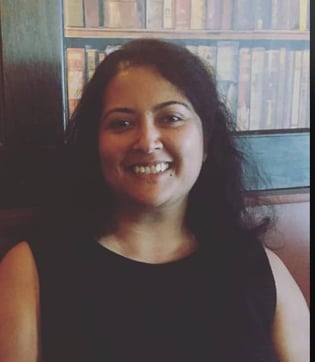Lessons Learned from Leveraging Computing Power for Clinical Strategy

“We found an optimal design in hours that might have taken months to find using standard methods,” reflected Fabien Vitry, Chief Medical Officer at Da Volterra. The French biotech had spent several months already considering a number of designs for its new Phase 3 trial. A sample size re-estimation initially seemed like the best option to manage sample size and take an accelerated road to regulatory submission. Cytel statisticians then decided to examine the merits of the design in Solara.
Simulating 151.2 million patient lives in less than an hour, Solara came up with three additional designs whose performance characteristics outperformed the SSR. One reduced the chances of a good drug failing by 29%. Another increased the absolute power of the trial by 8% without reduction in speed or sample size. Yet the learning from the process transcended even these advances in performance.
What Da Volterra was able to do within a very short time, was to have the CMO and lead statistician engage in an extended discussion about the merits of various design options. What happens if we adjust an interim analysis timing? How does the absolute power of a sample size re-estimation compare to a group sequential design? What are our assumptions about target effects?
Not many years ago, each of these questions would have taken a statistician a week or more to answer. Now that powerful simulations can occur within minutes, such discussions can occur over the course of an afternoon.
While this shortens the process of design exploration, it also opens the door to the question of prioritization: which performance characteristics does a sponsor leadership team truly prioritize? How does a clinical trial design fit with a sponsor’s overall strategy towards regulatory approval and market access?
Everyone wants trials which have low sample size, low cost, short timelines and high power. Back when only six or seven design options were on the table, identifying the optimal across all of these parameters was simple. Now conversations on statistical design can move from tactical optimization to questions of clinical strategy. Which tradeoffs are worth pursuing? Why? How?
Having these conversations require sponsor teams to be equipped with three critical tools. First and most importantly, a CMO will have to sit down with a statistician and fully explore the design space of a clinical trial. This requires explaining to a statistician what the overarching goals of a clinical trial are, not merely what designs leadership teams might want to examine.
Recently, one of Cytel’s statisticians sat down with a sponsor who had asked for several sample size re-estimation designs. When the statistician finally understood why the sponsor was asking for a sample size re-estimation, it turned out that a group sequential design could achieve the same success while moderating timelines much better. Using a statistician as a member of a strategic team, can help optimize trial design across variables where a statistician might not otherwise have insight.
A statistician can be a valuable strategic asset for a biotech, particularly when equipped with powerful simulation and forecasting technology. One reason Cytel’s Solara can generate the results that it does so quickly is because it harnesses extraordinary computing power. Having the ability to explore a broad design space (the space of millions of possible trial designs for a given context), requires working with statisticians who are strategically minded, but who also have access to such technology.
Finally, once this process is undertaken and millions of designs are provided for exploration, sponsors will need a way to quickly prioritize which designs to consider. A number of decision theoretic tools can be used for this process. Cytel’s Solara, for example, comes with scoring functions, Pareto algorithms, and a number of other mathematical techniques to provide an evidence-driven framework for exploration.
To learn more about Da Volterra’s experience, click below:
About the Author of Blog:

Dr. Esha Senchaudhuri is a research and communications specialist, committed to helping scholars and scientists translate their research findings to public and private sector executives. At Cytel Esha leads content strategy and content production across the company's five business units. She received a doctorate from the London School of Economics in philosophy, and is a former early-career policy fellow of the American Academy of Arts and Sciences. She has taught medical ethics at the Harvard School of Public Health (TH Chan School), and sits on the Steering Committee of the Society for Women in Philosophy's Eastern Division, which is responsible for awarding the Distinguished Woman in Philosophy Award.


